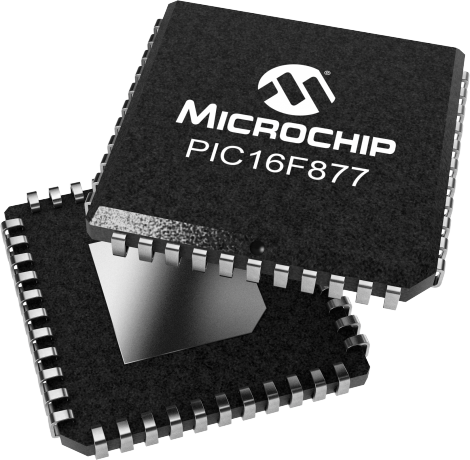100% Placement Assistance

Gorai Address & Contact
Plot no. 355-375, opp. Mumbai Bank, Next to shivneri bus stop, Road no. RSC-37 & Gorai Road, Borivali West, Mumbai - 400092.
Phone: +91 9920397835
Borivali Address & Contact
'DATTANI TRADE CENTER, Shop No. B 007, GROUND Floor, CHANDAVRKAR ROAD NEAR BMC OFFICE, BORIVALI WEST MUMBAI 400092
Phone: +91 9920397835














